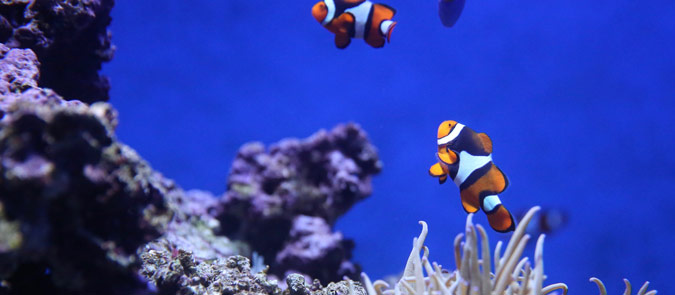
Coral Reef By Design
Terra-cotta is a type of earthenware, a clay-based unglazed or glazed ceramic where the fired body is porous. Its usefulness is wide-range, but is generally for sculpture and other practical purposes such as flower pot vessels, roofing tiles, bricks and water pipes. However, there’s an entirely new alternative for this earthenware.
From the Swire Institute of Marine Science (SWIMS) of the University of Hong Kong (HKU) and its Robotic Fabrication Lab of the faculty of architecture, the scientists and architects are working to produce 3D printed terra-cotta tiles that will serve as artificial reefs. It perfectly looks like the natural patterns of coral reefs. It is known that Hong Kong’s coral reefs are in gradual decline for years, particularly Double Island, Sai Kung where almost 80% is degraded. Bringing about the decline are global warming, pollution, net fishing, water sports, coral bleaching, red tide and bioerosion. Replacing the reefs with man-made artificial reefs can restore and regrow the population. Submerged shipwrecks and cement sculptures are examples.
The 3D printing process makes production easier and more efficient – large pieces can be produced quickly, different designs and functions can be made. Terra-cotta’s highly porous, micro-texture surface is perfect for latching on of marine life. They come in less than 2 feet diameter tiles that are fired in 2,000plus Fahrenheit heat. Best of all, the tiles can each be printed with a different design without increasing the cost. They can also be specific to the environment and underwater conditions, or designed to prevent sediment buildup, a major threat in Hong Kong waters.
This July 2020 in Hong Kong, the scientists laid the reef tiles seeded with coral fragments over a 430-square-foot area across three sites within Hoi Ha Wan Marine Park. In the next 2 years, they will monitor the coral growth while they develop new tile designs and expand their project.



